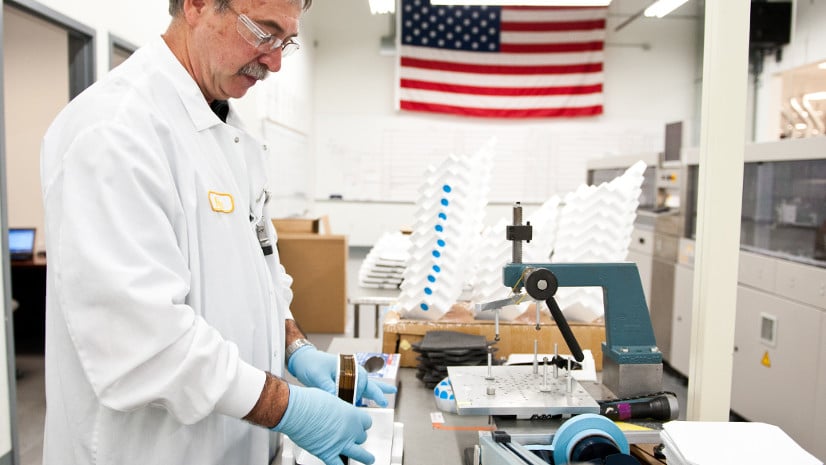In the bitter fight over the Section 201 solar trade case Solar Energy Industries Association (SEIA) has long alleged that Suniva had no plan to re-emerge from bankruptcy, and that creditor SQN Capital was using the case to get a better price for the company’s U.S. cell manufacturing assets.
Such claims were supported by SQN’s letter to the Chinese Chamber of Commerce for Import and Export of Machinery and Electronic Products, which said that if a Chinese company were to buy Suniva’s assets, the Section 201 case would disappear.
It appears that the fears that Section 201 would be for naught have been confirmed, with a Delaware Bankruptcy court approving SQN’s request to liquidate cell equipment used by Suniva, which were collateral for a loan provided by SQN.
A list of tools in bankruptcy court filing shows plasma-enhanced chemical vapor deposition (PECVD) reactors and other tools from a who’s-who of European tool makers, including Centrotherm, RENA, InnoLas, Meyer Burger, GP/ISRA, ASYS and others. Some of these appear to be specifically made for Suniva, and under the court’s orders they must go to a public sale within 30 days.
Suniva’s previous manufacturing expansion had been funded in part through a U.S. Department of Energy (DOE) grant, and as spelled out by the court DOE retains its rights to 50% of the proceeds of certain Meyer Burger and Jonas and Redman tools.
SQN has said that the sale will allow it to inject fresh capital into Suniva’s operations; however it is also told the bankruptcy court that there is no reasonable expectation that the company will reorganize within a meaningful time.
If the trade relief requested by Suniva had been acted on by the Trump Administration, Suniva would have been the only source of tariff-free cells for a number of smaller U.S. module makers with no domestic cell capacity. However, in its final order the Trump Administration included an exemption from the 30% import dues on the first 2.5 GW of imported cells each year, far more than the existing capacities of U.S. module makers required.
This content is protected by copyright and may not be reused. If you want to cooperate with us and would like to reuse some of our content, please contact: editors@pv-magazine.com.









By submitting this form you agree to pv magazine using your data for the purposes of publishing your comment.
Your personal data will only be disclosed or otherwise transmitted to third parties for the purposes of spam filtering or if this is necessary for technical maintenance of the website. Any other transfer to third parties will not take place unless this is justified on the basis of applicable data protection regulations or if pv magazine is legally obliged to do so.
You may revoke this consent at any time with effect for the future, in which case your personal data will be deleted immediately. Otherwise, your data will be deleted if pv magazine has processed your request or the purpose of data storage is fulfilled.
Further information on data privacy can be found in our Data Protection Policy.